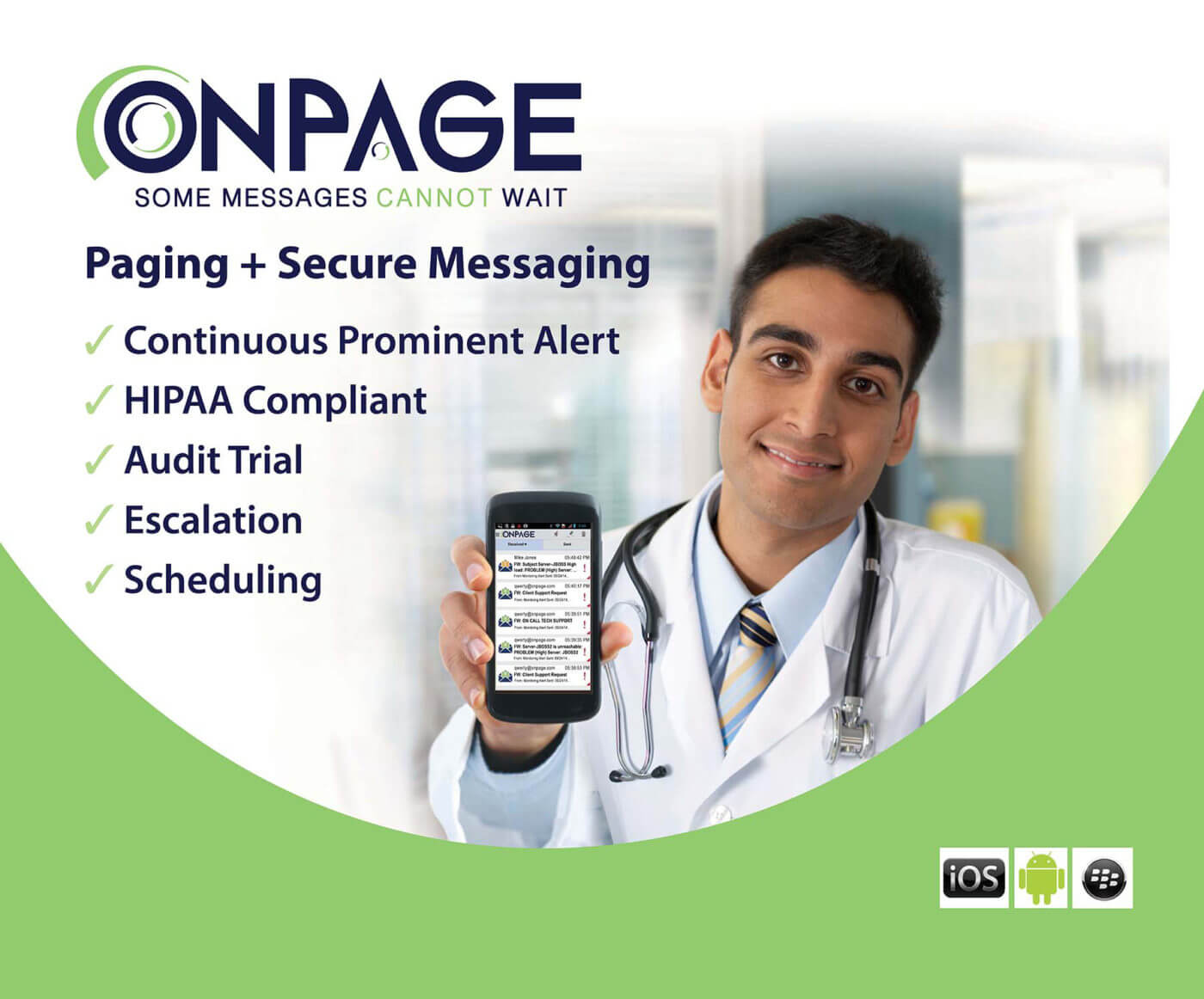Physicians Are Embracing Mobile Health Apps
At least two-thirds of American physcians report using mobile health apps on smartphones while working according to a recent MedData Group survey.
But almost two-thirds believe that a connected health care system is either more than five years away or simply will never happen.
Are you a IT health care professional wondering how the health care and related technology landscape, such as secure messaging and video conferencing, will evolve over the next few years? The findings of the study provides a snapshot of which mobile technologies physicians are using right now — and what they want to be using in the future.
Current Mobile Usage:
- Almost half of doctors say they currently use mobile apps to look at medication interactions
- The next-highest type of app cited is for diagnosis
- Less than 20 percent are currently using apps to access electronic health records
The Top Three Areas Doctors are Considering for Next Year:
- Apps that enable mobile access to electronic medical records
- Apps for secure messaging and texting (such as Onset Technology’s OnPage – a smartphone pager app for Health Care)
- Point-of-care information on drugs, devices, and patient portals
The Top Reason for Adopting Mobile Health
Time and cost efficiency are the top reasons that doctors say they will be adopting mobile-health technologies. But many are skeptical that a truly connected health care system will become a reality soon. Over half say it will take 5 years or longer, while almost 10 percent believe it will never happen.
Why so much doubt?
Over 70 percent of the doctors said that cost was the biggest factor in implementing connected health systems. Technology
issues, user adoption, and privacy concerns also scored high.
But if the history of computing has taught us anything — time, technology, and competition have a way of driving costs down.
Only a few years ago, very few people could afford a mobile phone. Now, billions of people across the globe are connected through Android and iPhone smartphones.





